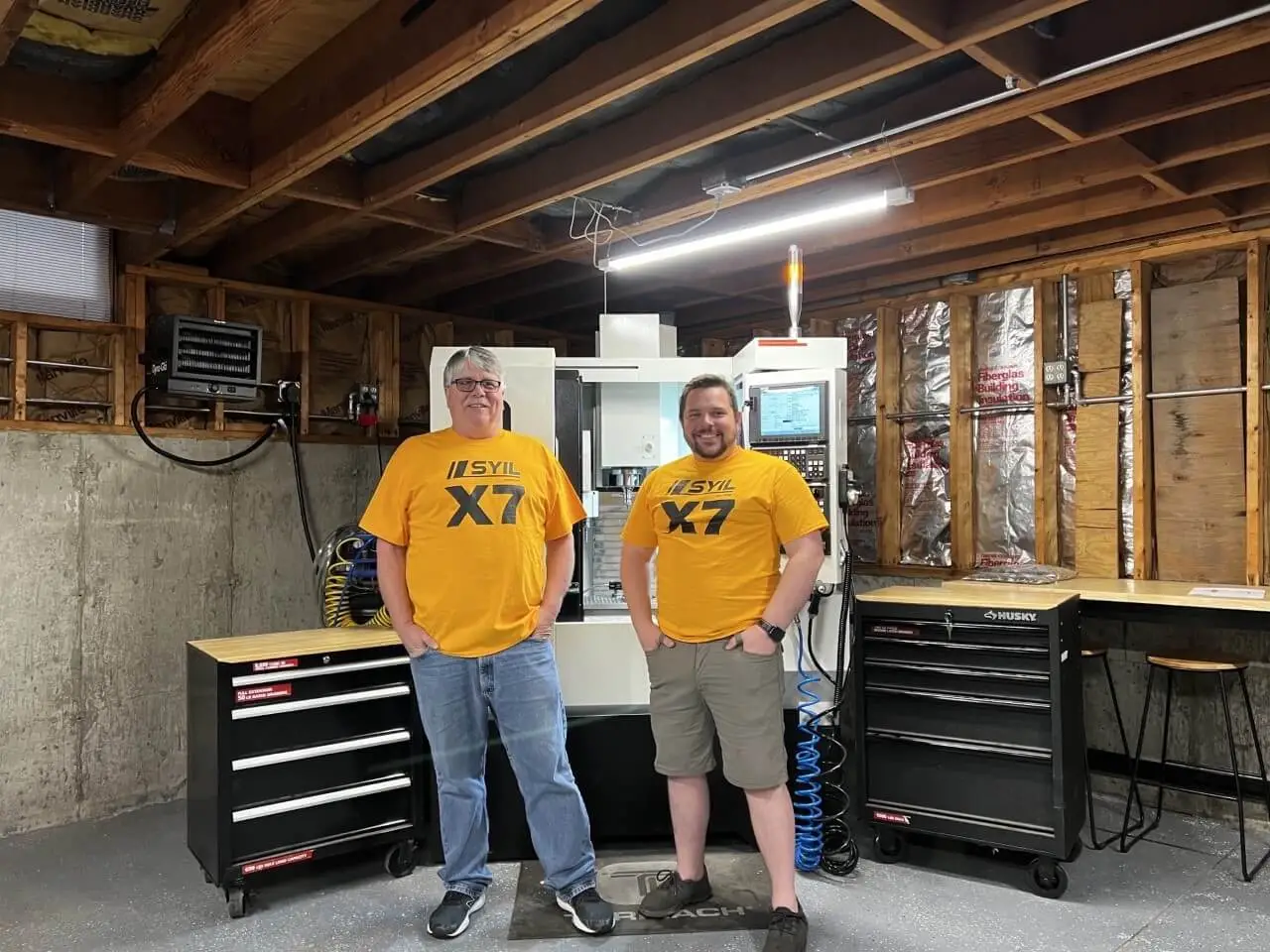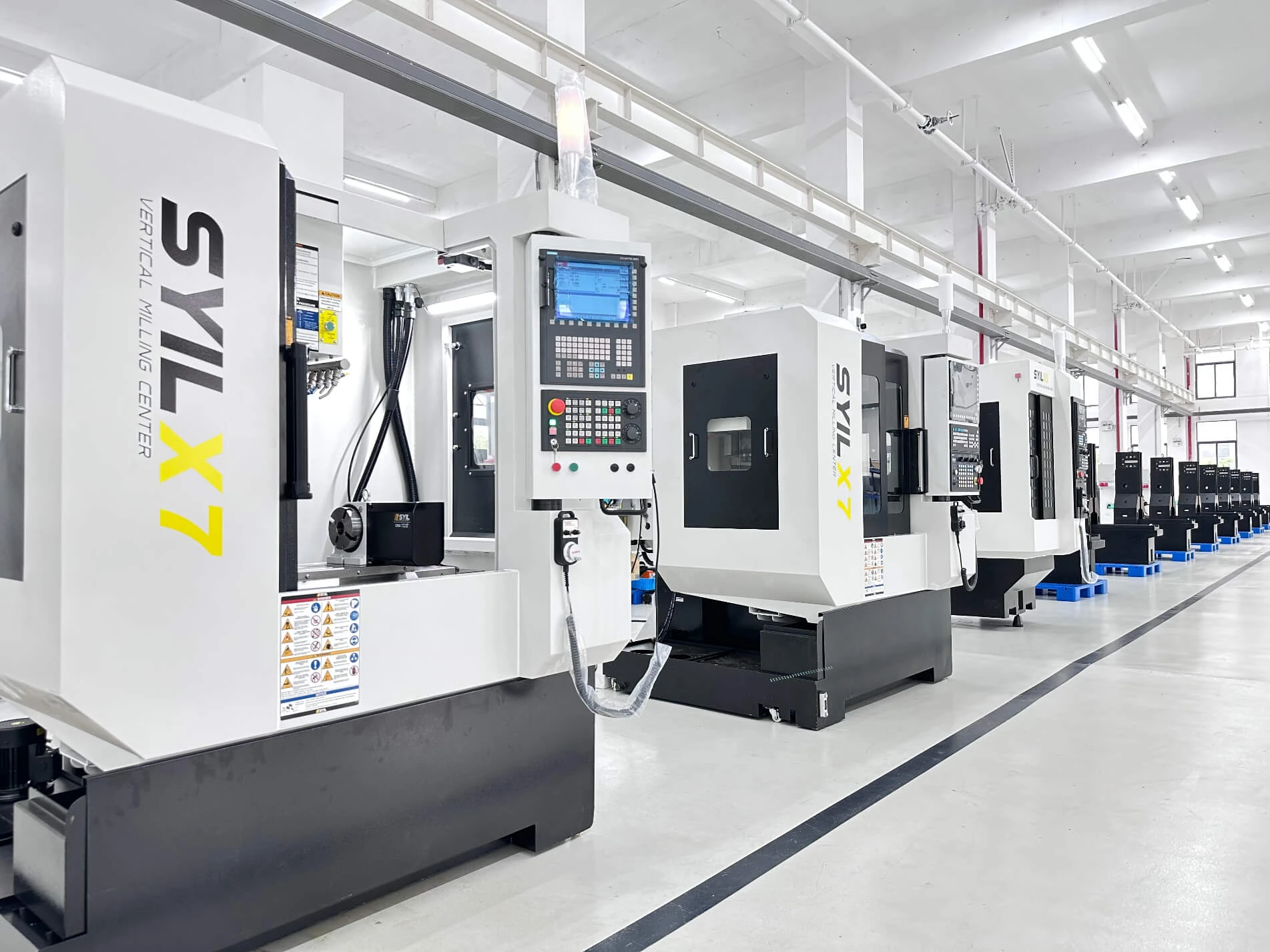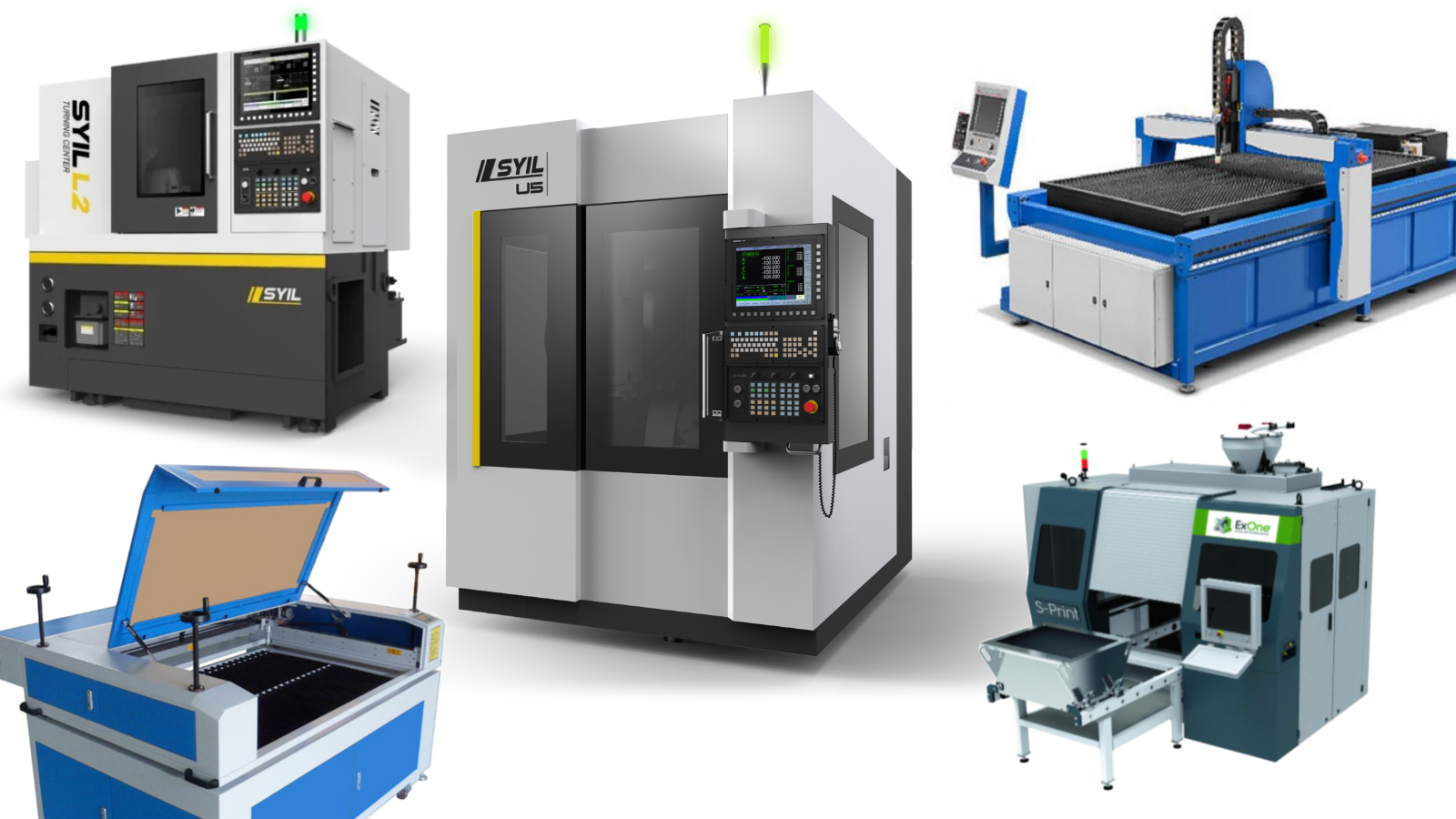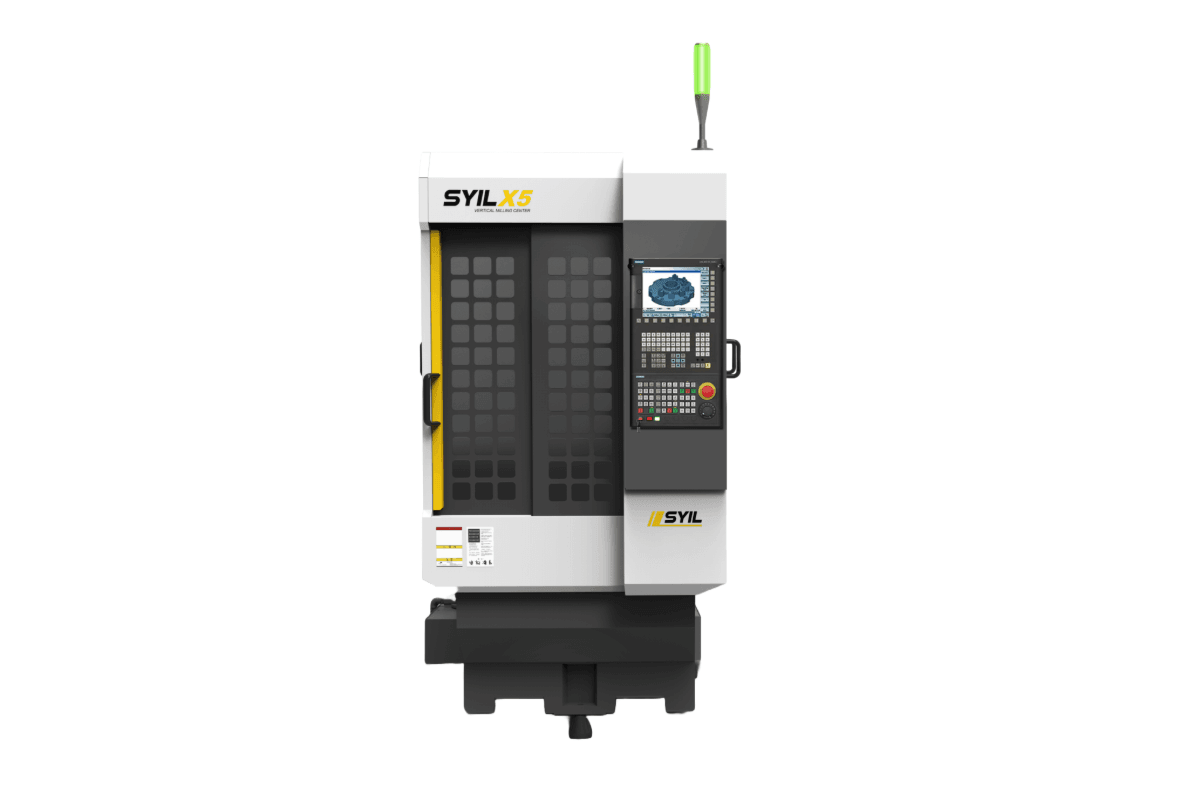Introduction

In the ever-evolving world of manufacturing, understanding the nuances between different production methods is crucial for any project. Two prominent techniques that often find themselves in comparison are injection molding and CNC machining. This guide delves into the intricacies of injection molding vs CNC, helping you navigate their unique advantages and applications.
Understanding Injection Molding and CNC
Plastic injection molding is a process that involves injecting molten plastic into a mold to create intricate parts, while CNC (Computer Numerical Control) machining utilizes computer-controlled machines to cut and shape materials with precision. Both methods serve distinct purposes in manufacturing, catering to various industries from automotive to consumer goods. By grasping the fundamentals of plastic injection molding vs CNC, you'll be better equipped to make informed decisions about your production needs.
Key Differences Between the Two Methods
The primary distinction between injection molding and CNC lies in their approach to production: one focuses on high-volume output with consistent quality, while the other excels in creating custom parts with precision. Injection molding typically requires significant upfront investment for molds but offers lower costs per unit for large runs; conversely, CNC machining has lower initial costs but can become expensive as production volume increases. Understanding these differences is essential when evaluating options like injection molding vs cnc cost or injection molding vs cnc price.
When to Choose Injection Molding or CNC
Deciding between these two methods hinges on several factors including production volume, part complexity, and budget constraints. If you're looking at mass-producing identical parts with tight tolerances, a CNC Injection Moulding machine may be your best bet; however, for low-volume custom components where precision is paramount, traditional CNC machining might shine brighter. In essence, aligning your project’s goals with the strengths of each method will lead you toward a more successful manufacturing outcome.
Overview of Injection Molding

Injection molding is a manufacturing process that has revolutionized the way we create plastic parts, making it a popular choice in various industries. This method involves injecting molten plastic into a mold to form specific shapes and designs. When comparing injection molding vs CNC machining, it’s essential to understand the unique characteristics and advantages of each process.
What is Plastic Injection Molding?
Plastic injection molding is a process used to produce parts by injecting molten plastic into a pre-designed mold cavity. The result is an array of products ranging from simple components to complex geometries, all produced with remarkable efficiency. In the debate of plastic injection molding vs CNC, one must consider factors such as production speed, design flexibility, and material waste.
The Process of Injection Molding
The injection molding process begins with heating plastic pellets until they become molten. This liquid plastic is then injected under high pressure into a closed mold where it cools and solidifies into the desired shape. Understanding this process helps when evaluating injection molding vs CNC methods since the former can produce large quantities quickly while maintaining consistent quality.
Advantages of Using Injection Molding
One significant advantage of using injection molding is its ability for high-volume production; once the mold is created, thousands or even millions of identical parts can be produced at minimal incremental cost. Additionally, this method allows for intricate designs that might be challenging or impossible with CNC machining techniques. When considering injection molding vs CNC cost, it's important to note that while initial setup costs for molds can be high, they often lead to lower per-unit prices in large runs.
Overview of CNC Machining

CNC machining has become a staple in modern manufacturing, providing precision and flexibility that many industries rely on. Unlike traditional machining methods, CNC (Computer Numerical Control) allows for automated control of tools, resulting in highly accurate parts produced at a rapid pace. In the ongoing debate of injection molding vs CNC, understanding the intricacies of CNC machining is crucial for making informed decisions.
What is CNC Machining?
CNC machining refers to the use of computer systems to control machine tools that create parts from various materials. This method encompasses several processes such as milling, turning, drilling, and grinding, all governed by precise computer programs. When comparing plastic injection molding vs CNC, it’s essential to note that while both methods produce high-quality components, they cater to different production needs and volumes.
The Process Behind CNC Machines
The process behind CNC machines begins with a digital design file created using CAD (Computer-Aided Design) software. This file is then converted into a language that the CNC machine can understand—typically G-code—which instructs it on how to move and operate tools to shape the material accordingly. The efficiency of this process makes it particularly advantageous for low-volume runs or custom parts when weighing injection molding vs CNC options.
Benefits of CNC Machining
One significant benefit of using a CNC machine is its ability to produce complex geometries with exceptional precision and repeatability. Additionally, unlike injection molding which often requires expensive molds for production setup, CNC machining typically has lower initial costs and shorter lead times for prototyping or small-scale production runs. Notably, when considering injection molding vs cnc cost analysis, businesses can find that CNC offers flexibility without sacrificing quality—ideal for projects requiring rapid iterations or unique designs.
Injection Molding vs CNC Cost Analysis

Comparing Material and Setup Costs
In the battle of injection molding vs CNC, material costs can vary widely depending on the chosen method. Plastic injection molding typically requires higher initial investment due to the need for molds, which can be expensive to design and produce. In contrast, CNC machining often has lower upfront material costs since it works directly with raw materials, but this can change based on complexity and precision requirements.
Setup costs also differ significantly between plastic injection molding vs CNC processes. For injection molding, once a mold is created, it allows for rapid production of high volumes at relatively low per-unit costs. On the other hand, setting up a CNC machine may involve programming and fixture creation that can add to initial expenses but often pays off in flexibility for custom parts.
Ultimately, understanding these cost factors will guide you in making an optimal choice for your project needs—whether you lean toward injection molding or prefer CNC machining.
Long-Term Savings with Injection Molding
One of the most compelling arguments in favor of plastic injection molding is its potential for long-term savings. While the initial setup cost may be higher compared to CNC machining, mass production using an injection molding process significantly reduces the per-unit price as quantities increase. This makes it particularly advantageous for high-volume production runs where economies of scale come into play.
Moreover, once a mold is established, it typically lasts through thousands or even millions of cycles without degradation in quality—effectively spreading out those upfront costs over many units produced. When considering an injection molding vs CNC cost analysis over time, you'll find that sustained production efficiency leads to substantial financial benefits.
However, it's essential to remember that these long-term savings are most pronounced when dealing with large quantities; lower volume projects may not see similar advantages from plastic injection molding compared to CNC options.
CNC Machining Costs and Considerations
CNC machining offers its own set of financial considerations that make it appealing under certain circumstances—especially when dealing with low-volume or custom parts. The flexibility inherent in a CNC machine allows manufacturers to adapt quickly without incurring significant retooling expenses associated with changing molds in plastic injection molding processes. This adaptability can lead to reduced waste and better resource management during prototyping phases.
However, it's crucial to recognize that while initial setup might be lower than for injection molds, labor and operational costs can accumulate quickly if multiple setups are required for different parts or designs over time. Additionally, precision work done by a CNC machine often requires more expensive materials than those used in mass-produced injected plastics.
In conclusion, weighing injection molding vs cnc price involves considering both immediate expenses and future operational efficiencies tailored to your project's specific needs—whether you're leaning toward high-volume production or customized small runs.
Production Volume: Which is Better?

High Volume Production with Injection Molding
Injection molding is the heavyweight champion when it comes to high-volume production. Once the initial setup is complete, a CNC Injection Moulding machine can churn out thousands of identical parts in a fraction of the time it would take with CNC machining. This efficiency translates into lower per-unit costs, making plastic injection molding vs CNC an obvious choice for large-scale manufacturing.
Moreover, the speed at which injection molding operates means that companies can meet high demand without sacrificing quality or consistency. The process allows for rapid cycle times and minimal waste, which are crucial factors when considering injection molding vs CNC cost dynamics. For those looking to produce large quantities of products quickly and economically, injection molding stands out as a superior option.
CNC for Low Volume and Custom Parts
On the flip side, CNC machining shines in scenarios where low volume or custom parts are required. Unlike plastic injection molding, which requires extensive setup for each unique design, a CNC machine can be easily programmed to create different components without significant downtime. This flexibility makes it ideal for prototyping or producing specialized items that may not justify the investment in molds.
Furthermore, if you're looking at intricate designs or one-off products, CNC machining provides unmatched precision that often surpasses what you would find with injection molding processes. In this regard, understanding plastic injection molding vs CNC becomes essential; while one excels in mass production, the other thrives on customization and adaptability. Thus, businesses needing bespoke solutions will find more value in utilizing CNC machines over traditional plastic injection methods.
Impact of Volume on Pricing
The volume of production directly influences pricing strategies in both methods—this is where injection molding vs cnc discussions often heat up! With high volumes in mind, manufacturers using injection molds benefit from economies of scale; as production increases, per-unit costs decrease significantly due to reduced labor and material waste during mass output phases. Conversely, lower volumes typically lead to higher per-item costs when using this method due to fixed setup expenses being spread over fewer units.
In contrast, pricing with CNC machining remains relatively stable regardless of volume but may not yield significant cost savings unless larger batches are produced consistently over time—an important factor when weighing injection molding vs cnc price. Companies should carefully analyze their anticipated production needs against these cost structures before committing to one method over another; understanding how each impacts overall budget considerations is key to successful project management.
Precision and Tolerances in Manufacturing

Both injection molding and CNC machining have their unique strengths in this area, making it essential to understand how they stack up against each other. In this section, we'll delve into the tolerance levels in plastic injection molding, the precision offered by CNC machines, and how to choose the right method based on your specific needs.
Tolerance Levels in Injection Molding
Plastic injection molding is known for its ability to produce parts with consistent tolerances across large production runs. Typically, tolerance levels can range from ±0.1 mm to ±0.5 mm, depending on the complexity of the part and the material used. However, achieving tighter tolerances is possible but may require advanced techniques or specialized equipment—something worth considering when evaluating injection molding vs CNC.
One must also note that while plastic injection molding can maintain good tolerances for mass production, variations can occur due to factors like temperature fluctuations or mold wear over time. Therefore, if you're working on projects requiring high-volume production with acceptable accuracy levels, plastic injection molding could be a strong contender against CNC machining. For those looking for detailed specifications or comparisons between methods like injection molding vs cnc pdf, you'll find various resources online detailing these aspects.
Precision in CNC Machining
CNC machining stands out when it comes to precision manufacturing—often achieving tolerances as tight as ±0.01 mm or even better with advanced machines. This level of accuracy makes CNC machining ideal for applications where intricate designs and fine details are paramount; think aerospace components or medical devices that demand unwavering precision. In discussions around plastic injection molding vs CNC processes, it's clear that CNC machines excel at producing complex geometries with superior fidelity.
Moreover, the flexibility of a CNC machine allows for rapid adjustments during production runs without significant downtime or retooling costs—an attractive feature when you need custom parts quickly without sacrificing quality. Thus, if your project prioritizes precision over volume, opting for a CNC machine might be your best bet compared to traditional injection molding techniques.
Choosing Based on Tolerance Needs
Ultimately, choosing between plastic injection molding vs CNC should hinge on your project's specific tolerance requirements along with other considerations like cost and volume needs. If you need high-volume production with reasonable tolerances (±0.1 mm), then injection molding could be more advantageous due to lower per-unit costs over time—especially highlighted in discussions around injection molding vs cnc cost. However, if tight tolerances are non-negotiable and you’re dealing with smaller batches or custom designs requiring intricate details, then investing in a CNC machine may yield better results.
In summary, understanding both methods' capabilities regarding precision will guide you toward making an informed decision tailored to your project's unique demands—whether leaning towards an injection molding vs cnc price analysis or weighing long-term benefits against immediate needs.
Conclusion

In the battle of injection molding vs CNC, it’s clear that both methods offer unique advantages tailored to specific manufacturing needs. While plastic injection molding excels in high-volume production with consistent quality, CNC machining shines in precision and flexibility for custom projects. Understanding these differences will empower you to make informed decisions that align with your project goals.
Final Thoughts on Injection Molding vs CNC
When weighing injection molding vs CNC, consider the scale and complexity of your project. Injection molding typically requires a higher initial investment due to tooling costs but pays off in long-term savings for large production runs. Conversely, CNC machining is ideal for low-volume or intricate designs where precision is paramount, making it a versatile choice for various applications.
Choosing the Right Method for Your Project
Selecting between plastic injection molding vs CNC depends on several factors including budget, volume, and desired tolerances. If you're aiming for mass production with minimal per-unit cost, injection molding is likely your best bet; however, if customization and precision are key, a CNC machine may be more suitable. Assessing your project's specific requirements against the strengths of each method will guide you toward the right decision.
Resources for Further Reading on Techniques
For those looking to delve deeper into the nuances of these manufacturing techniques, there are plenty of resources available online about injection molding vs CNC cost analysis and comparisons. You can find comprehensive guides and case studies in formats like PDF that detail everything from setup costs to pricing strategies in both processes. Engaging with these materials will enhance your understanding and assist you in making well-informed choices regarding your manufacturing needs.

